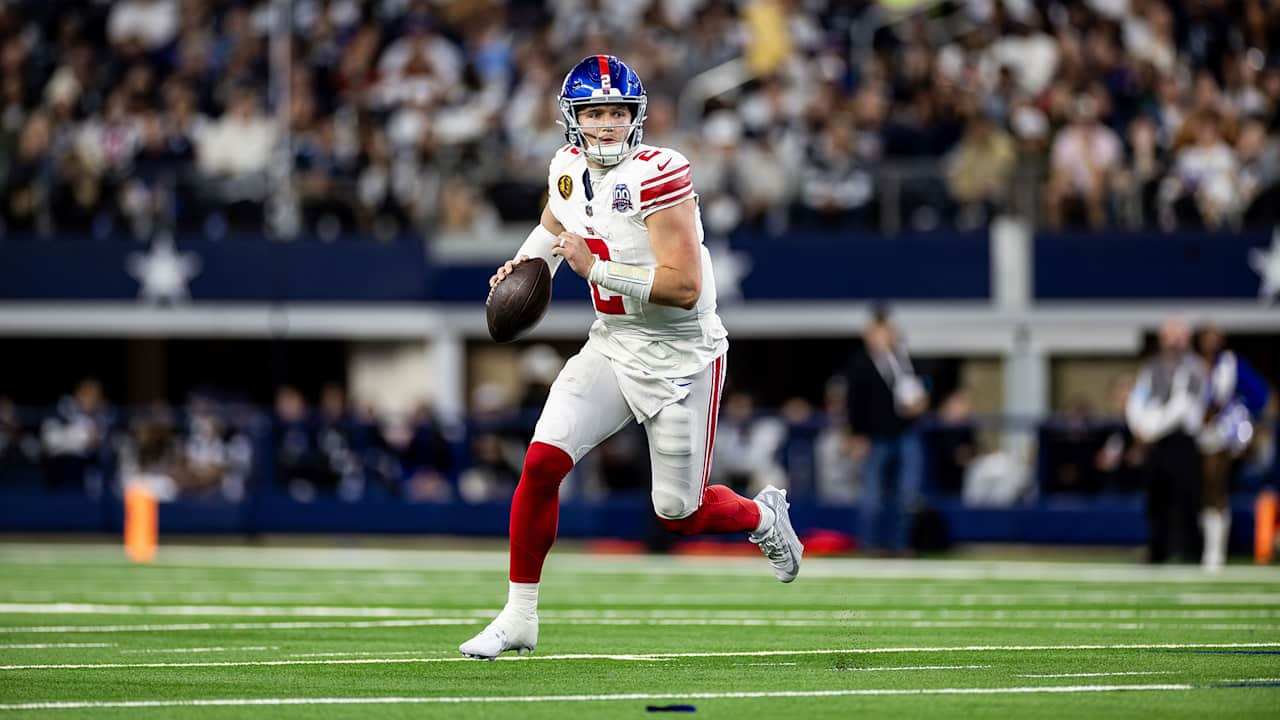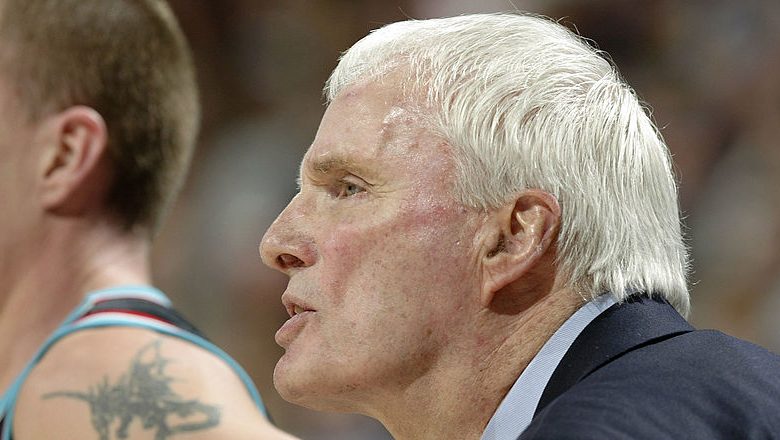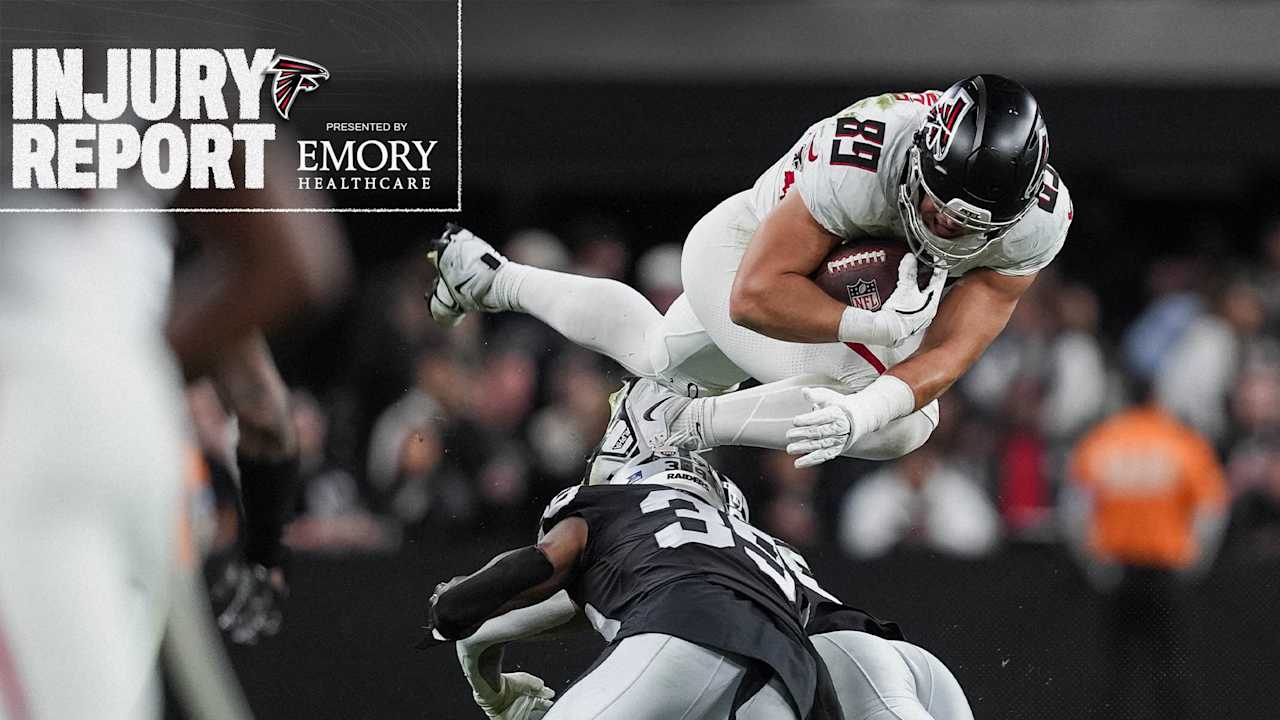Basketball
Knicks offseason storylines: Julius Randle’s extension, NBA Draft musings and more

The New York Knicks are preparing for a busy summer.
Jalen Brunson is eligible for an extension, as is head coach Tom Thibodeau. OG Anunoby can become a free agent in a month. Isaiah Hartenstein’s contract isn’t just up, but the Knicks also are limited in how much they can pay him. Because of a quirk in the collective bargaining agreement, his 2024-25 salary with New York could not be above $16.1 million. If someone offers him more, the Knicks have competition.
They will push for a star. This could be a summer of action, given the Knicks’ financial situation, which will encourage them to pursue a big name sooner rather than later when the roster becomes more expensive.
But the Knicks have more tasks on their list than just the shiny transactions, which The Athletic will cover extensively as the NBA Draft and free-agency approach. And while some of them may seem insignificant, they also could affect the future.
Here are four under-the-radar decisions the Knicks will face this summer:
Julius Randle’s extension negotiations
Randle is eligible to sign an extension with the Knicks on Aug. 3, when the team could offer him a contract as large as $181.5 million over four years. Meanwhile, this front office has preferred to extend its meaningful players, handing one even to Randle a few years ago.
But signing Randle to a new contract would not be just about committing to a three-time All-Star. There is a team-building part of this, too.
The Knicks are not trying to trade Randle, but they recognize that their quest for a star could require having to do so. If a suitable target does not pop up this summer, then they could turn their eyes to the 2025 trade deadline, hoping to land one then.
Aug. 3 gives both sides a sweet spot to work out a deal. That’s a month after free agency begins, far enough into the summer for the Knicks to know (probably) if they will land a star in 2024 — and if Randle would be a part of that trade. It’s also early enough to commit to Randle and still maintain his trade eligibility leading into February’s deadline. A player cannot be traded for six months after signing an extension.
When the Knicks are in on a player, they push to extend him. But in this case, the financials could make them hesitate.
If Randle were to take less money just to guarantee the security of a four-year deal, as he did a few years ago, then New York could bite. But if he wanted every cent, the Knicks would have to think about the long term.
They must decipher how much this roster is worth, too.
They are at risk of surpassing the second apron, which would limit what exceptions they could use, what types of trades they could make and more, in 2025-26.
Handing Randle a massive payday would only lessen their flexibility. If the Knicks are confident in August that they are contenders, maybe they choose to lock everyone up. But if there’s even an ounce of uncertainty, they may not opt for such an expensive 2025-26 roster until they gather more information on the group.
Whatever the Knicks choose to do with Bogdanović, who they acquired in February, could be the tell of their offseason. They have until June 28 either to release the 35-year-old forward, which would pay him only $2 million for 2024-25, or to guarantee his $19 million salary. If they decide on the latter, it may be a sign that a trade for a star is on the way.
Part of the reason they acquired Bogdanović, who just underwent his second surgery in a month, was because of his contract flexibility. They could use him as a midsized salary to flip in a star trade or they could move on from him if it did not work.
If the Knicks re-sign Hartenstein and Anunoby, they will be in danger of entering the luxury tax or possibly traveling above the first apron, which isn’t as dreaded as the feared second apron but is far more punitive than it was in years past. There is a world where Bogdanović’s salary pushes them over.
Let’s say the Knicks pay Hartenstein $16.1 million in 2024-25 and also re-sign Anunoby to a $35 million starting salary. In that case, they will owe approximately $155 million to only eight players: Brunson, Randle, Anunoby, Hartenstein, Mitchell Robinson, Josh Hart, Donte DiVincenzo and Miles McBride.
Add in Bogdanović’s $19 million, and payments to just nine guys crest New York approximately $2 million over the luxury-tax line and a mere $5 million short of the first apron, which would restrict the types of contracts they could offer and trades they could make with other teams.
There is a world where both sides agree to push the trigger date back from two days before the start of free agency to the first week of July, when the Knicks may have more information about a trade.
If the Knicks are sacrificing financial flexibility, they will want it to be worth it. A trade for the long sought-after second star would qualify as such, as could one that swaps Bogdanović and a few draft picks for a more modest upgrade.
Should they keep or trade the picks?
The last time the Knicks had two first-round selections in the same draft, they used it as an opportunity to gather more picks. In 2021, armed with Nos. 19 and 21, they dealt the better pick to the Charlotte Hornets for a future first-rounder and used the worse one to slide down to 25th and pick up an extra second-rounder.
In 2022, they turned the 11th pick into three future first-rounders.
Such has been this front office’s way. The Knicks wanted to maximize their quantity of picks, hoping they could overwhelm a team with first-rounders aplenty in a trade offer. Now, they’re hoarding protected ones.
They own four selections from other teams (Milwaukee Bucks, Washington Wizards and Detroit Pistons). And once again, they have two in this summer’s draft: Nos. 24, which they will receive from the Dallas Mavericks, and 25.
They could use them both, adding a couple of rookies on cheap, guaranteed contracts. They’ve hit with the 25th pick before, not just with Grimes but also with Immanuel Quickley in 2020. McBride and Jericho Sims also were successful late-draft choices.
They could trade both of the picks, too, either including them in this hypothetical deal for a star or pairing them together to add a role player.
They could trade out of the first round altogether once again, moving Nos. 24 and 25 for more future picks, though that may be a strategy of the past at this point, considering the Knicks are targeting this summer as their time to make the shape-shifting trade. If they identify their guy on draft night, then the 24th or 25th picks could begin their NBA careers wearing colors other than orange and blue.
Burks and Achiuwa are both free agents this summer, though their experiences will be different.
Burks is unrestricted, meaning he can sign with whichever team he likes. If a roster could use a scoring jolt, it may consider him, especially after his second-round playoff performance against the Indiana Pacers.
Only a couple of weeks ago, when he was glued to the bench, Burks’ market was blurry. He had shot only 31 percent from the field since arriving from the Pistons in February. A player whose first, second and third job was to score was not doing so. McBride had soared past him in the rotation.
But Burks is a streaky shooter. He began this past season in an icy stretch and then scorched for the month before the trade. He cooled off again after coming to New York, and then he got hot in May.
During the final six games of the Pacers series, he averaged 17.8 points on 51-43-84 shooting.
It’s possible that Burks, who is coming off a $10 million salary, commands more than the minimum once again, which would make it difficult for the Knicks to justify bringing him back, given their roster and payroll makeup.
Achiuwa’s venture into the open market will be less predictable.
Because he is restricted, meaning the Knicks could match any offer to bring him back for that price, he could linger unsigned deeper into the summer. Achiuwa showed defensive chops during his half-season in New York, jostling between center and power forward. He could fit into a portion of the midlevel exception elsewhere.
He is a candidate for the Knicks to sign and trade, too, considering another team that expresses interest may offer a small package in return just to avoid an offer sheet.
If the Knicks become too expensive or renovate their roster enough, they could pull the $6.2 million qualifying offer which would make Achiuwa unrestricted, free to sign with any team he likes, but would eliminate the risk of him picking up the Q.O. and adding too much money to the Knicks’ books.
(Photo of Julius Randle: Mitchell Leff / Getty Images)










